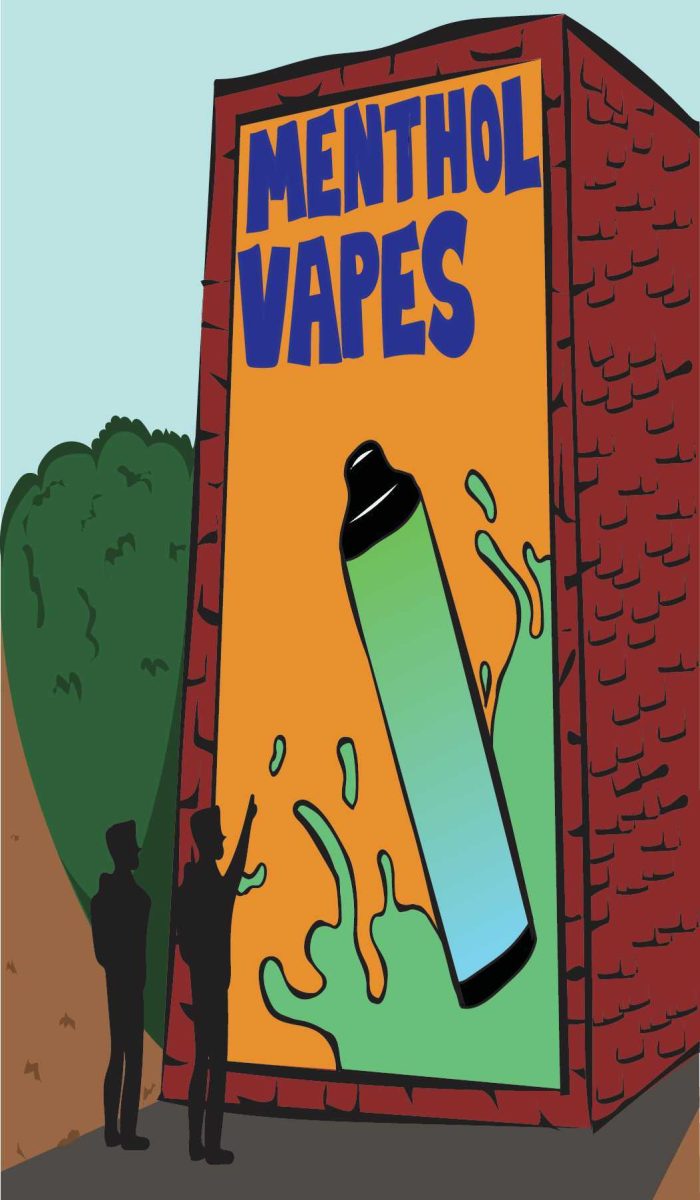The concept of race is fluid and has consistently been narrowed and expanded to fit within political contexts in the United States throughout history.
Without going too in-depth on the long, complex world history that led to creation of racial categories, it should be understood that in the U.S. much of the way we perceive demographic and cultural organization has been crafted from the white perspective.
This has resulted in a system centered on white identity and values on an inconsistent and haphazard scale relative to the binary of whiteness versus blackness; whiteness being the norm, blackness being the other. However, I would like to address a residual effect of this poorly crafted system.
Just as little attention is paid to the cultural backgrounds of ethnic groups deemed “other,” whiteness in the U.S. has come to mean little more than a mash-up of unrelated international ethnicities defined loosely by skin tone and relation to the dominant systems of power.
How do Irish, Polish, Russian, Turkish, German, English, Spanish and any other European nationalities with vastly different historical contexts fit neatly into one racial category? Despite institutional power, whiteness is a loose framework that forgoes a portion of one’s cultural identity for access to said power.
Though people who could be considered white, as defined by Eurocentric traits, are a shrinking minority in the world, part of the function of Europe and North America as economic centers of the world is to maintain the idea of a white majority. By way of popular culture and mainstream news coverage, western powers establish false narratives that insist the majority of life happens to lighter skinned peoples despite common sense and statistics suggesting otherwise.
The founding of the U.S. itself is a result of a forceful establishment of a white majority in the world. Through genocide and oppression, an identity was created that, like the constitution, is able to be amended. Formerly oppressed communities, such as Jewish, Italian and Catholic peoples have been annexed into a white identity over the years in order to maintain this majority. There is a difference that remains, however, when we explore how one celebrates their cultural identity. A celebration of Irish or German heritage represents rich culture and history while a celebration of whiteness is for power that comes from violence and oppression, hence the slogan ‘white power’.
As this identity is crafted, the people that come to inhabit whiteness play a role both consciously and subconsciously in making sure it persists. Whiteness allows populations to be willfully ignorant of their own complex backgrounds by stitching together historical periods of success while skipping over or revising moments that reflect negatively on the idea of white supremacy as much as possible. The way Confederate history has been monumentalized is a prime example of this. Within a white system, even traitorous losers can be redeemed as heroes as long as it is further attributed to whiteness.
It is important we change the way we address conversations around race that have been controlled from the very beginning. By unpacking our language around whiteness, perhaps we can disable a subconscious intimidation factor that comes from years of trauma at the hands of white supremacy.
The concept of a white majority deserves to be debunked not in an attempt to disregard the people that fit within it, but rather to begin the process of breaking down the system it represents.
– Tafari Robertson is a public relations senior
Debunking the myth of white majority
September 16, 2017
Donate to The University Star
Your donation will support the student journalists of Texas State University. Your contribution will allow us to purchase equipment and cover our annual website hosting costs.


















